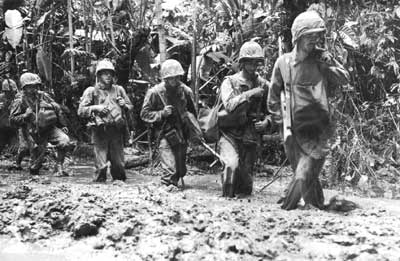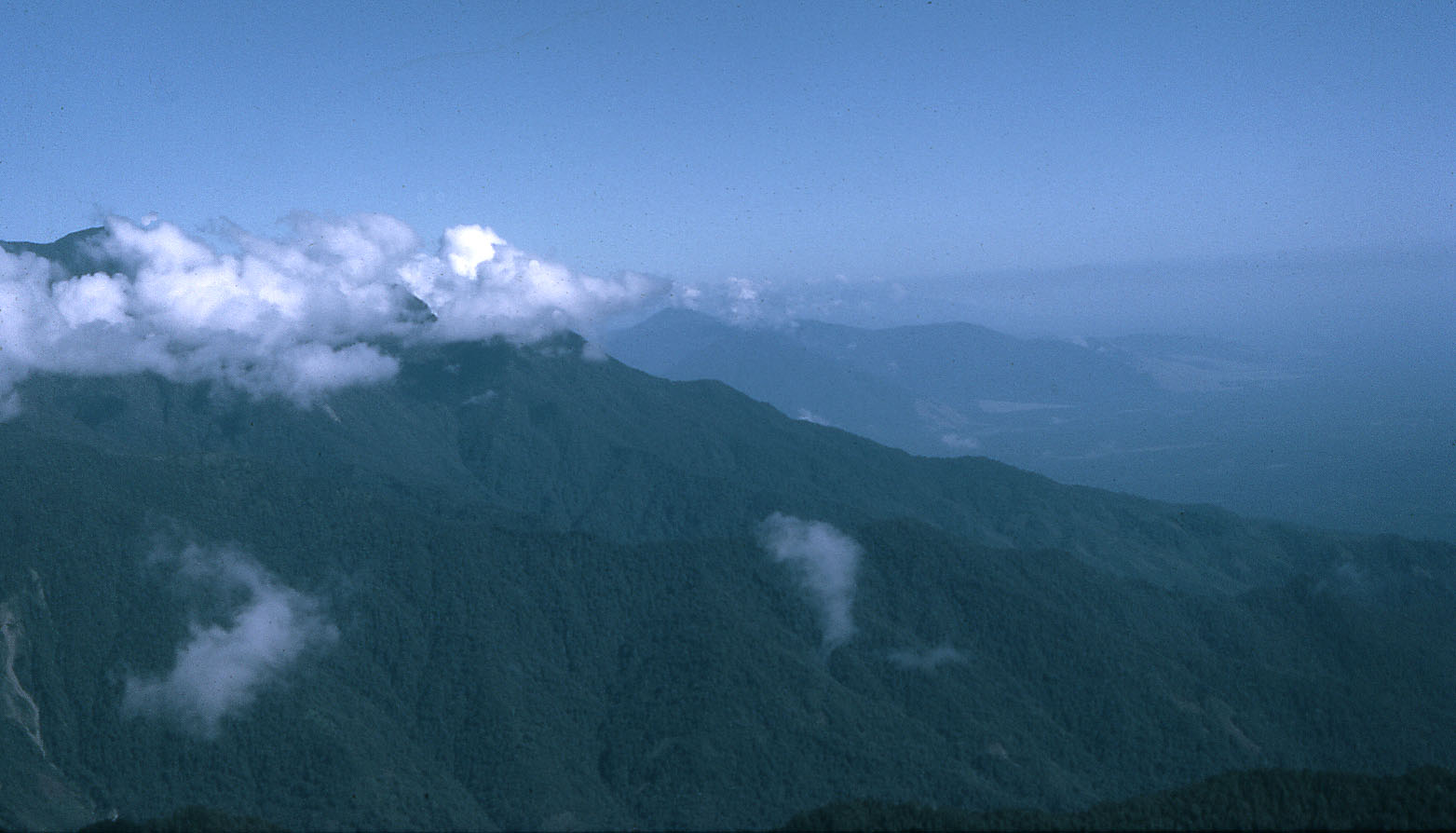|
8th Field Survey Squadron
8 Field Survey Squadron (8 Fd Svy Sqn) was a unit of the Australian Army and the Royal Australian Survey Corps (RA Svy), being raised in December 1971 at Popondetta, Territory of Papua New Guinea and disbanded twenty-four years later on 1 December 1995 in Port Moresby, Papua New Guinea (PNG). The squadron's initial role was to establish geodetic survey control, establish topographic survey control for mapping, compile and field complete preliminary topographic maps, and conduct other surveys and mapping including acquiring air photography. In 1980 the role changed to provide support and advice to the PNG Defence Force and PNG National Mapping Bureau on all aspects of survey and mapping and to provide liaison support for Australian based survey units on operations in the country.Laing, A.W. Colonel (Retd) RA Svy, ''The End of an Era – A short history of the Royal Australian Survey Corps' involvement in mapping, charting and geodesy in Papua New Guinea in the period 1942–1995' ... [...More Info...] [...Related Items...] OR: [Wikipedia] [Google] [Baidu] |
Australian Army
The Australian Army is the principal Army, land warfare force of Australia. It is a part of the Australian Defence Force (ADF), along with the Royal Australian Navy and the Royal Australian Air Force. The Army is commanded by the Chief of Army (Australia), Chief of Army (CA), who is subordinate to the Chief of the Defence Force (Australia), Chief of the Defence Force (CDF) who commands the ADF. The CA is also directly responsible to the Minister of Defence (Australia), Minister for Defence, with the Department of Defence (Australia), Department of Defence administering the ADF and the Army. The Australian Army was formed in 1901 as the Commonwealth Military Forces, through the amalgamation of the colonial forces of Australia following the Federation of Australia. Although Australian soldiers have been involved in a number of minor and major conflicts throughout Australia's history, only during the Second World War has Australian territory come under direct attack. The Australia ... [...More Info...] [...Related Items...] OR: [Wikipedia] [Google] [Baidu] |
Bougainville Island
Bougainville Island (; Tok Pisin: ''Bogenvil'') is the main island of the Autonomous Region of Bougainville, which is part of Papua New Guinea. Its land area is . The highest point is Mount Balbi, on the main island, at . The much smaller Buka Island, , lies to the north, across the wide Buka Passage, Buka Strait. Even though the strait is narrow, there is no bridge across it, but there is a regular ferry service between the key settlements on either side. The main airstrip in the north is in the town of Buka. Buka has an outcropping that is from New Ireland (island), New Ireland. Among the large islands of Papua New Guinea, New Ireland is the closest to Buka. Bougainville is the largest island in the Solomon Islands (archipelago), Solomon Islands archipelago. It was previously the main landmass in the North Solomon Islands, North Solomons, which were associated with the German Empire. Most of the islands in this archipelago (which are primarily concentrated in the southern ... [...More Info...] [...Related Items...] OR: [Wikipedia] [Google] [Baidu] |
Theodolite
A theodolite () is a precision optical instrument for measuring angles between designated visible points in the horizontal and vertical planes. The traditional use has been for land surveying, but it is also used extensively for building and infrastructure construction, and some specialized applications such as meteorology and rocket launching. It consists of a moveable telescope mounted so it can rotate around horizontal and vertical axes and provide angular readouts. These indicate the orientation of the telescope, and are used to relate the first point sighted through the telescope to subsequent sightings of other points from the same theodolite position. These angles can be measured with accuracies down to microradians or seconds of arc. From these readings a plan can be drawn, or objects can be positioned in accordance with an existing plan. The modern theodolite has evolved into what is known as a total station where angles and distances are measured electronicall ... [...More Info...] [...Related Items...] OR: [Wikipedia] [Google] [Baidu] |
English Electric Canberra
The English Electric Canberra is a British first-generation, jet-powered medium bomber. It was developed by English Electric during the mid- to late 1940s in response to a 1944 Air Ministry requirement for a successor to the wartime de Havilland Mosquito fast bomber. Among the performance requirements for the type was an outstanding high-altitude bombing capability and high speed. These were partly accomplished by making use of newly developed jet-propulsion technology. When the Canberra was introduced to service with the Royal Air Force (RAF), the type's first operator, in May 1951, it became the service's first jet-powered bomber. In February 1951, a Canberra set another world record when it became the first jet aircraft to make a nonstop transatlantic flight. Throughout most of the 1950s, the Canberra could fly at a higher altitude than any other aircraft in the world, and in 1957, a Canberra established a Flight altitude record, world altitude record of . Due to its ability ... [...More Info...] [...Related Items...] OR: [Wikipedia] [Google] [Baidu] |
Tellurometer
The tellurometer was the first successful microwave electronic distance measurement equipment. The name derives from the Latin ''tellus'', meaning Earth. History The original tellurometer, known as the Micro-Distancer MRA 1, was introduced in 1957. It was invented by Trevor Wadley of the Telecommunications Research Laboratory of the South African Council for Scientific and Industrial Research (CSIR). He was also responsible for the Wadley Loop receiver, which allowed precision tuning over wide bands, a task that had previously required switching out multiple crystal oscillators. Principle The tellurometer emits a microwave-frequency radio wave. The remote station carries a transponder that reradiates the incoming wave in a similar wave of more complex modulation. The resulting phase shift is a measure of the two-way distance travelled. The results appear on a cathode ray tube with circular sweep. Application The tellurometer design yields high accuracy distance measurements ... [...More Info...] [...Related Items...] OR: [Wikipedia] [Google] [Baidu] |
Owen Stanley Ranges
The Owen Stanley Range is the south-eastern part of the central mountain-chain in Papua New Guinea. Its highest point is Mount Victoria at , while its most prominent peak is Mount Suckling. History Owen Stanley Range was seen in 1849 by Captain Owen Stanley about the HMS ''Rattlesnake'' while surveying the south coast of Papua and named after him, although he saw them only from his ship. The eastern extremity of the range is Mount Victoria, which was climbed by Sir William MacGregor in 1888, and it extends as far west as Mount Thynne and Lilley. But the name is generally used to denote the whole of the chain of the Papuan Peninsula, from Mount Chapman to the south-eastern end of the island, and to include Mount Albert Edward which is really separated from it by the Wharton Chain. Geography The range is flanked by broken and difficult country, particularly on the south-western side. There are few practicable passes, the easiest being the famous Kokoda Track which cros ... [...More Info...] [...Related Items...] OR: [Wikipedia] [Google] [Baidu] |





